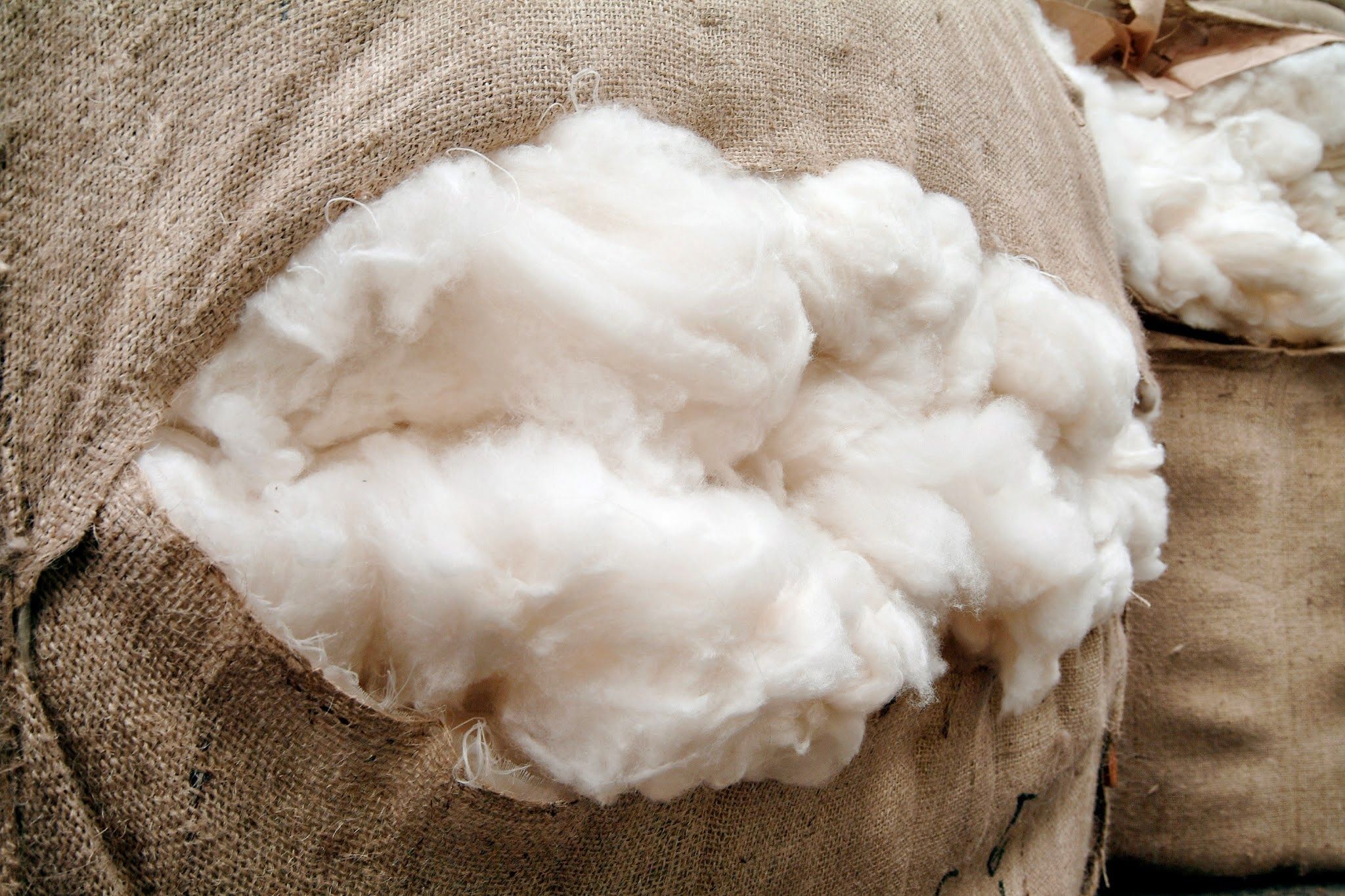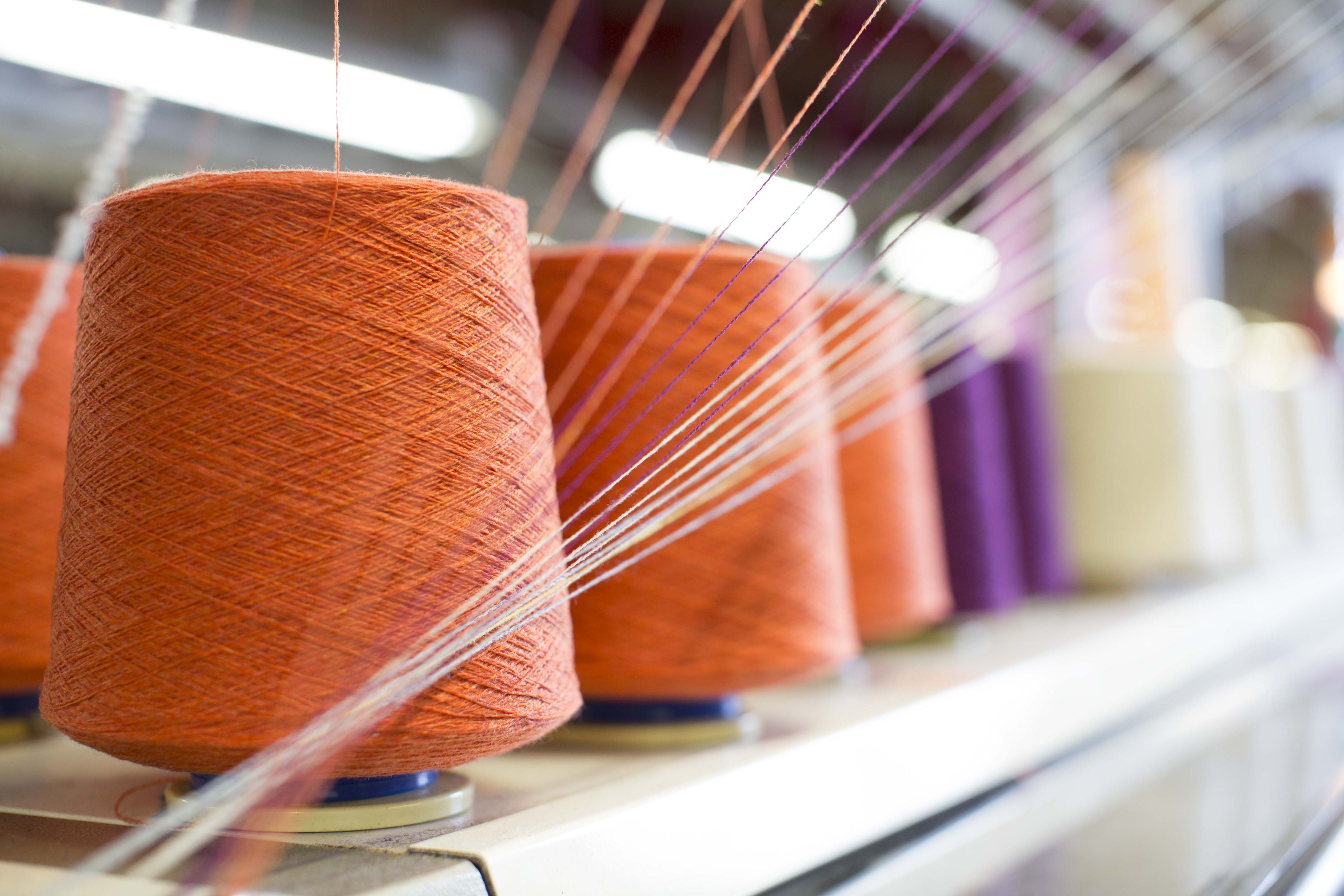Guide To Washing & Caring For Your Cashmere
Famously lightweight, warm and soft, cashmere’s also surprisingly long-lasting – if you look after it. But while this luxurious fabric has a reputation for being a little tricky to care for, it’s actually far easier to clean and store your cashmere than you think.
Cashmere shawls are inherently more delicate than a scarf made from wool or cotton. But with just a little bit of extra love and some gentle handling, your cashmere travel wrap can keep its sumptuous feel for a lifetime. So can you put your cashmere shawl in the washing machine, or must it always be hand-washed? What happens if there’s a stain or hole in your precious wrap? And how do you deal with pilling? Our cashmere care guide has the answers.

How often should you wash cashmere?
Although you would expect to wash a cashmere jumper every three to four wears, a cashmere blanket scarf is different. There’s less chance your wrap will come into contact with perspiration or dead skin cells, so there really is no need to overdo it.
Natural fabrics do not need to be washed as regularly as synthetics. Cashmere has its own antibacterial properties that help to keep it fresh, even after a number of wears.
But if your cashmere shawl is your constant winter companion, you might want to wash it two or three times a season. Even if your travel wrap does not look obviously mucky, the cashmere will still be exposed to the elements, including dirt and pollution. Removing these will help prolong the life of your cashmere scarf while keeping it clean can make the fabric less attractive to clothes moths.
Can you wash cashmere that says dry clean only?
Many cashmere manufacturers mark their products ‘dry clean only’ to protect themselves. It means if there is any damage to the notoriously delicate fabric, the cleaners would be responsible instead of the manufacturer. While our own cashmere travel wraps can be dry cleaned, we always recommend they’re hand-washed in water using a gentle detergent. Over time, the harsh chemicals used in dry cleaning can make the cashmere feel less special, eventually shortening the life span of the garment. Hand-washing does the opposite. Performed properly, hand-washing your travel wrap will make the cashmere feel even softer as it ages. It helps to remember that cashmere is an animal hair that should be cleaned in a similar way to your own. Goat hair (like human hair) gets even fluffier and more lustrous when it’s washed with a mild shampoo and lukewarm water. Dry cleaning cashmere would be a bit like using harsh chemicals on your hair. Fine every once in a while, but best to stick to water and a specially formulated shampoo for regular washing.
When does cashmere have to be dry cleaned?
Hand-washing your cashmere travel wrap is always the best way of keeping it at its beautiful best. But some stubborn stains are harder to tackle. If you’ve tried all the gentle methods outlined in this guide and the stain is still there, we would recommend you take it to a specialist to be dry cleaned.
Can I machine-wash cashmere?
While you can machine-wash cashmere (with some important caveats explained below), we would always recommend washing your cashmere scarf by hand. This will improve its longevity and retain the soft and luxurious finish for the whole of its lifespan. Hand-washing is the only way of having complete control of both the water temperature and the gentleness of the process – the two most important elements when it comes to cleaning cashmere. Whether you do decide to machine-wash cashmere depends on how much you trust your washing machine. If you know for sure that you can adjust the temperature to cold and that the delicates cycle really is very gentle, you may decide to brave it. But even then, great care must be taken. Use a very small amount of gentle detergent, remove your cashmere scarf from the machine immediately after a short spin cycle and never tumble dry.

How do you wash and dry cashmere?
We tend to think of hand-washing clothes as an arduous task that can be taxing on the forearms. But hand-washing cashmere is rather more gentle – and it’s easier than you think.
How do you hand-wash cashmere?
Fill a sink with lukewarm water. Never use hot as this will cause the cashmere to shrink. Drop in a small amount (about a teaspoon for every four litres of water) of mild, non-biological detergent that contains no bleach or enzymes. A specially formulated cashmere and wool shampoo is ideal, but even a mild baby shampoo would be better than exposing the delicate fibres to your normal machine-wash detergent. Swish the detergent with your fingers to incorporate it into the water, before popping in your cashmere blanket scarf. Give the cashmere shawl a swirl around in the water with your hand, squeezing the scarf very gently to allow the suds to penetrate the fabric. Never attempt to rub a stain because this can cause pilling or form a hole. Gently squeeze for two to five minutes. You can leave the shawl to soak for 10 to 20 minutes if required, but don’t leave the scarf in water for long periods. Avoid lifting the wet cashmere out of the water, as this could stretch the delicate fibres. Instead, drain away the soapy water and gently squeeze the scarf into a ball to remove excess water, being careful to avoid wringing, stretching or twisting.
How do you rinse cashmere?
It’s best not to rinse the cashmere under running water as this could mis-shape the fabric. Instead, fill the sink with clean, lukewarm water and squeeze the cashmere gently to remove the detergent from the fabric. Repeat this process with a few more sinkfuls of clean, lukewarm water until all the suds are removed. Drain the water for a final time, then gather the cashmere wrap into a ball, squeezing gently to remove excess water. Again, do not twist – wringing is more damaging to the fabric than the gentle spin cycle on your washing machine.
How do you dry cashmere?
It’s fine to use the short, gentle spin cycle on your washing machine to remove the excess water. Alternatively, spread your cashmere wrap onto clean, dry towels and carefully roll up to absorb the moisture instead. To dry completely, lay the cashmere wrap evenly onto dry towels or a clean blanket. Reshape and smooth the scarf so it’s lying in the shape you want it to take when dry, with no wrinkles. Turn the scarf over once in the drying process, smoothing it flat once more. Never tumble or hang out to dry. Keep the cashmere out of direct sunlight and away from sources of heat, such as radiators. Once dry, press lightly with a cool iron.
How can I remove stains from cashmere?
Treat the stain as soon as you find it using cold water and just a drop of specialist stain remover for delicate fabrics. Dab it on gently, but don’t be tempted to rub the cashmere as this can lead to holes or pilling. Once treated, the garment can be hand-washed following the instructions above. Leaving it to soak for a little longer can also be helpful. For really stubborn stains, consider taking your wrap to the dry cleaners for some professional attention.
Can I use fabric softener on cashmere?
No. Time and hand-washing is actually the best form of softener for your cashmere. Using fabric conditioner leaves a chemical coating on cashmere fibres which ironically makes them stiffer and more prone to pilling. A dash of white vinegar in the rinsing water can also act as a natural softener. You can also add a tiny amount of vinegar in the washing process to help the detergent to lather if you live in a hard water area. Will cashmere shrink if washed? Only if you use hot water at any point in the process. Think of heat as cashmere’s worst enemy as it not only shrinks the fabric, it can compromise the structure of the cashmere fibres themselves.

Can you tumble dry cashmere?
No. Any form of heat will shrink the cashmere and damage its delicate fibres, leaving you with a very different looking garment than the one you started with. For that reason, cashmere should not be left to dry on a radiator and you should only ever use a cool iron. How do you remove creases from your cashmere? A hand-held steamer is a great idea if you have one. If not, use an iron on its coolest setting and place a clean, damp cloth over the cashmere to protect it. Keep the iron moving over the travel wrap and never allow the iron to come into direct contact with the cashmere.
How do you keep cashmere from pilling?
Clothes and accessories made from natural fibres can ‘pill’ or bobble, particularly wherever friction occurs, such as against rough clothes or leather handbags. This is caused by the ends of loose fibres tangling together and is particularly common when cashmere is new. This isn’t any reflection on the quality of the fabric, but a unique characteristic of cashmere itself. Removing the little bobbles consolidates the fabric and makes your wrap feel even softer as a result. They can be carefully removed by hand or with a specialist cashmere comb. To comb your cashmere, lay your garment flat and gently brush the comb over the travel wrap, wherever you see pills forming. Never be tempted to shave off pills with a disposable razor. This is far too aggressive and will remove more of the cashmere than you need to.
How do you protect cashmere?
Avoid washing your cashmere scarf too often and always wash by hand. Take care when wearing your travel wrap with a handbag, against rough textured clothes or with metal jewellery to avoid snagging or rubbing the delicate fabric.
How do you keep moths out of cashmere?
Clothes moths are attracted to even small amounts of dirt, so hand-wash cashmere before you store it. Cedar wood balls are a natural way to keep moths away from cashmere, and can help prevent mildew when you’re storing your wrap long periods. Balls should be changed at least once a year.
What is the best way to store cashmere?
To store your cashmere shawl between wears, fold it flat and place it on a clean shelf in your wardrobe, away from direct sunlight and heat. It’s best not to hang your cashmere wrap for long periods of time, to avoid stretching If you’re storing your scarf for long periods of time, such as over the summer months, fold flat and place it in a breathable storage bag, along with some cedar wood balls, to keep it fresh and free of mildew.
How do you repair small holes in the cashmere?
If you’ve noticed a small hole or any moth damage, simply return your travel wrap to us. We offer a reconditioning and repair service that uses the specialist skills of our cashmere experts in Scotland. The yarn is colour-matched so that most small repairs can be made invisibly.
Looking for a new cashmere wrap to love and take care of? Our autumn/winter edit is ready to shop now. Or view all our women’s cashmere shawls or men’s blanket scarves.












